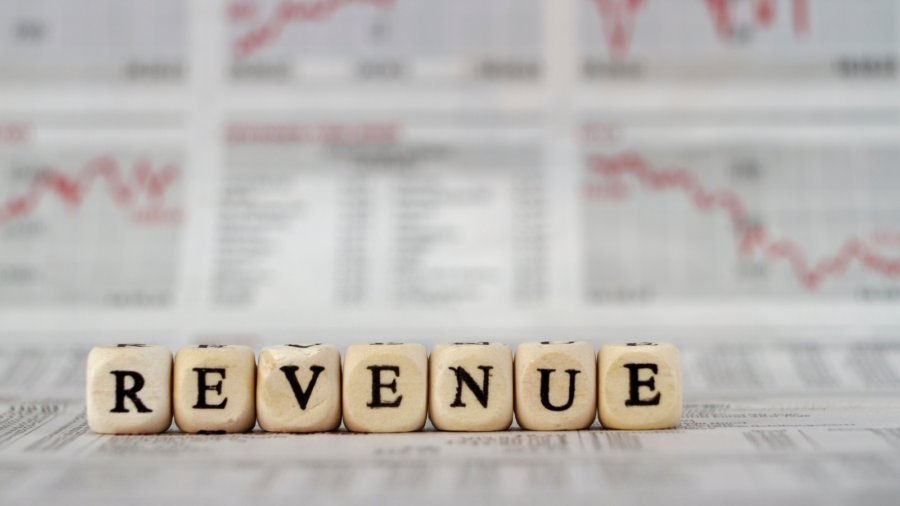27 June 2023
Understanding revenue recognition is pretty crucial for professionals, entrepreneurs, and stakeholders alike in the fast-paced world of accounting and finance. Has revenue recognition got you in a spin? Fear not, as we’re about to unpack what revenue recognition is, as well as how you can use it to elevate your business to the next level.
Everything is dependent on the sale. So it goes without saying that revenue is key to all business success. As a result, authorities understand how tempting it is for businesses to stretch the boundaries of what constitutes revenue, especially when not all revenue is collected when the work is completed. As an example, a wedding band may charge by the hour and present the invoice when the performance is complete. However, a plumber or electrician may charge on a percentage-of-completion basis.
Accounting for revenue is really straightforward when a company sells a product and that product is received, and paid for, by the customer. However, it can get pretty tricky when a business takes longer to produce a product or service over time. However, analysts prefer to have one standardised method for revenue recognition
Revenue recognition is an accounting principle that essentially governs when (and how) businesses report revenue in their financial statements. It helps to provide accurate and transparent financial information about a company’s performance.
It’s also a fundamental part of managing projects that can span months or even years! It can sound complicated, but it really doesn’t need to be. At its core, it ensures that revenue is properly recorded when it is earned and realised and that its amount can be reasonably determined. Basically, you should record your revenue once it is earned, instead of when the cash is collected. It’s all about matching revenue with the period in which the work has been delivered.
So why does it matter?

There are a number of reasons why revenue recognition is so important, yet it can often be overlooked…
Revenue recognition ensures that a company’s financial statements reflect the economic realities of its operations. It enables stakeholders to evaluate a company’s financial performance and make sound decisions based on trustworthy data.
Transparency with revenue recognition practices can even enhance investor and stakeholder confidence in your business. If you’re consistently applying the proper revenue recognition principles you can build credibility, and even attract potential investors.
Being accurate with your revenue recognition also enables you to make more informed decisions with your business. Clear information on the financial performance of your business will aid in your strategic decision-making, such as resource allocation and pricing strategies. There’s so much more to understanding how well your business is performing than just looking at how much you have in the bank.
Alongside all of these benefits to revenue recognition, it can also ensure your business is compliant with any applicable laws and regulations. You can reduce risks and stay in compliance with accounting standards by strictly adhering to revenue recognition laws.
You know what revenue recognition is, and you understand why it’s important to get right…so, how do you get it right?
While the specific procedures may differ depending on the nature of the transaction and the applicable accounting standards, here is a general overview of how revenue recognition is normally carried out:
The first step is to identify the contract or agreement with your customer and/or client. The contract, which can be verbal, written, or implied, should explain the terms and circumstances of the sale of your products or services.
Next, you should ensure that it is clear what work is expected to take place or what your performance obligations are. Performance obligations are essentially what you’re promising to your customer. It’s important to identify any distinct obligations that can be accounted for separately (i.e milestones set on a project).
This is basically what you expect to receive from completing the work you’ve outlined in your contract (whether it’s written, verbal, or implied). This could include any fixed amounts, variable considerations, discounts, and any other relevant aspects. If there is significant uncertainty in the transaction price, it may need to be estimated or changed over time.
If the contract includes multiple services (or performance obligations) you should allocate the transaction price to each service based on their relative standalone selling price. This gives you multiple points throughout a longer project (or work order) in which you can accurately track and recognise your revenue.
Long-term contracts, various deliverables, or when there are contingent events or unclear payouts are all examples of this. Consulting professional accountants can help you ensure that you’re recognising your revenue properly. If revenue recognition still has you in a spin, get in touch with us today!